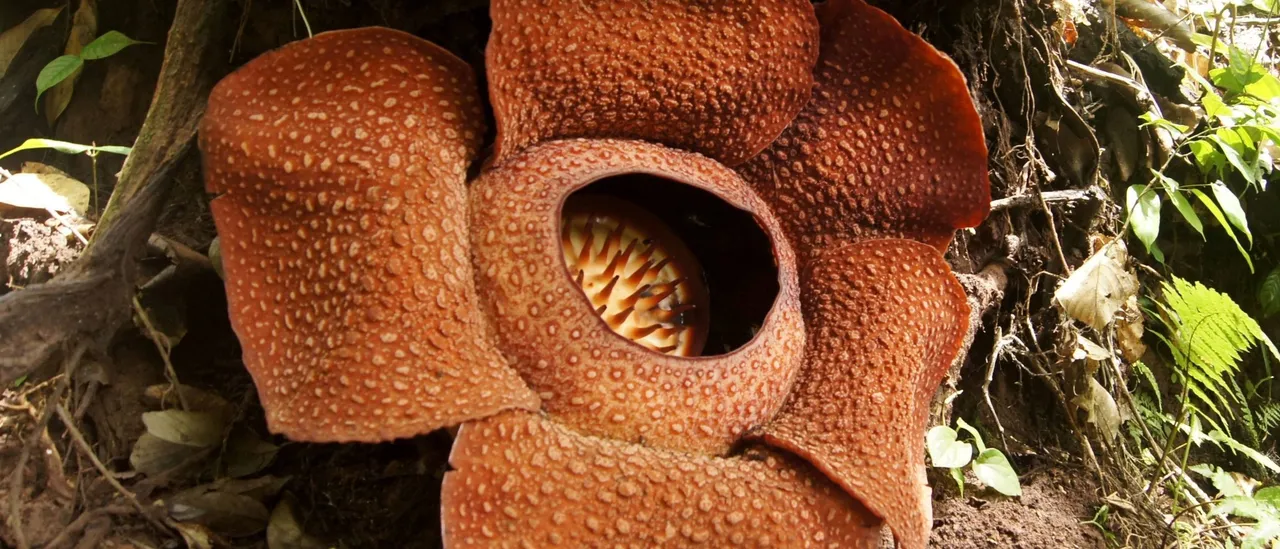In a remarkable achievement for conservationists, a team in Indonesia discovered the rare flower, Rafflesia hasseltii, after a 13-year search. The team, led by Indonesian conservationist Septian Andriki, encountered the flower deep within the rainforest of Sumatra. This significant find came after a challenging journey through tiger-populated jungles, driven by a tip-off from a local ranger.
Andriki described the overwhelming moment when he first saw the flower bloom. “When I saw her start blooming, I just broke down,” he shared with ABC News Australia. His emotional reaction was captured on video by fellow expedition member Chris Thorogood, deputy director of the University of Oxford Botanic Garden. The footage quickly went viral as it showcased the raw emotions tied to this extraordinary discovery.
The expedition lasted nearly 24 hours, with team members navigating through difficult terrain and facing potential dangers from wildlife. “After 13 years, a 23-hour journey, risking tiger attacks, nearly dead phone batteries, I couldn’t talk. I just cried,” Andriki recounted. This dedication underscores the lengths to which researchers will go to uncover rare species.
The Rafflesia hasseltii is part of a group known for their large, distinctive flowers, often referred to as stinking corpse lilies due to their unpleasant odor. This specific species is one of the rarest, with its flowers capable of reaching up to 3.3 feet in diameter and weighing over 13 pounds.
For over a decade, no one had observed this flower blooming in its natural habitat, making the discovery particularly significant. The Rafflesia genus is home to several species, and their rarity highlights the importance of conservation efforts in protecting these unique plants and their ecosystems.
The successful find not only brings joy to those involved but also emphasizes the need for ongoing research and conservation initiatives in locations like Sumatra. As the team celebrated their victory, they reflected on the challenges faced during their lengthy search and the importance of preserving such rare natural wonders.
